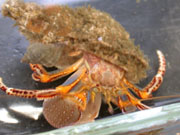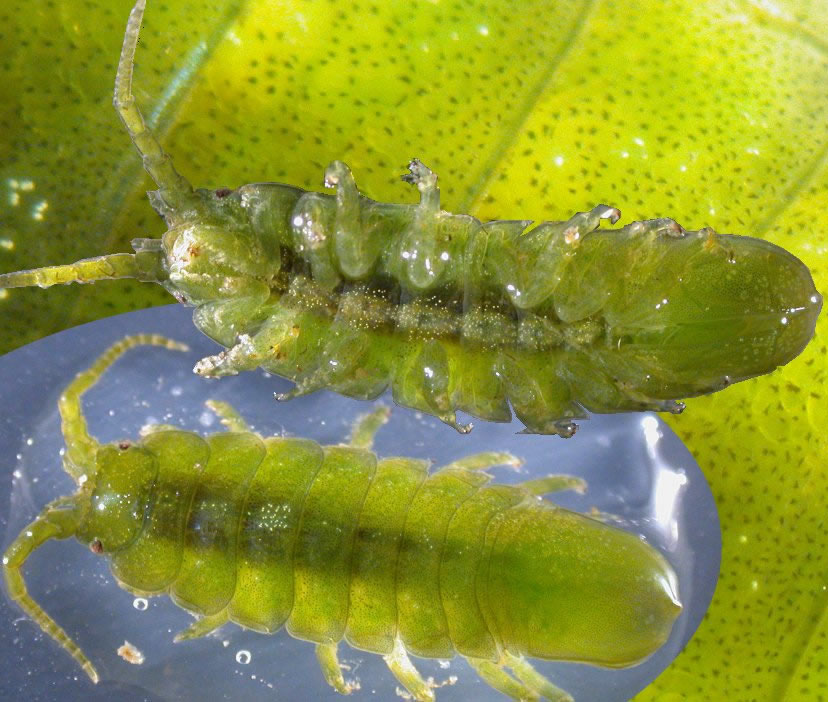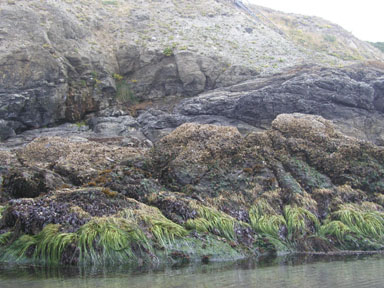
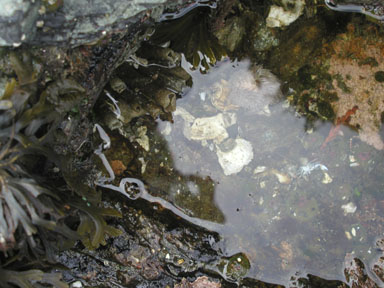
Eagle Cove tidal zonation and tide pool
Animal form provides a number of clues about the types of foods that an organism can profitably capture, ingest, and digest. The great diversity of body forms among marine invertebrates at Eagle Cove correlates with a diverse array of feeding strategies.
As heterotrophs, animals depend on primary production by photosynthetic organisms, or secondary production by other animals, for their nutritional needs. Examples of heterotrophy include carnivory, herbivory, and omnivory. These groupings can be further subdivided functionally according to how and where an organism procures food: by scavenging, parasitising, grazing, suspension feeding, deposit feeding, or predation. Each of these feeding modes in turn is associated with differences in body design and microhabitat use.
Several environmental gradients at Eagle Cove influence the distribution of organisms and feeding modes. Steep faces on the seaward side of the rocky promontory parallel steep gradients in the length of tidal exposure. Small pools that remain filled at high tide lie adjacent to stretches of well-drained, bare rock. Smaller boulders that jut out of the sand have both seeward and landward sides that experience different exposures to sun and waves. Rock walls toward the landward side of the intertidal have a patchwork of overhangs beside more exposed surfaces. Each of these gradients can influence the distribution of feeding modes over different spatial scales.

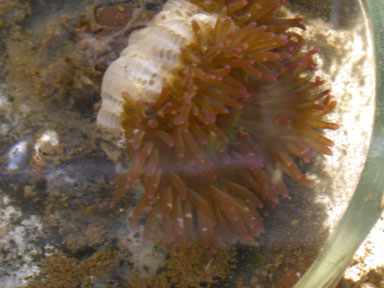
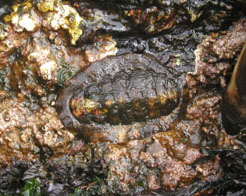
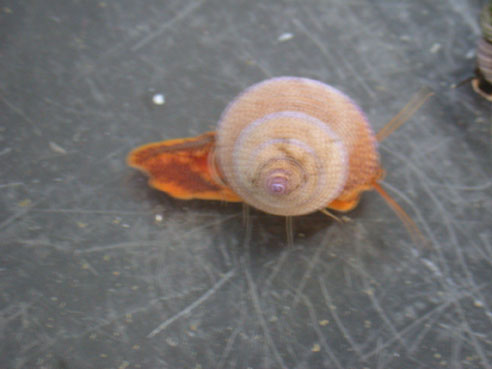
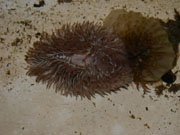
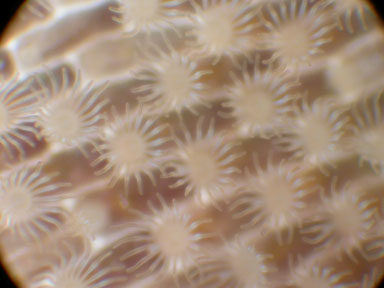 Membranipora membranacea
Membranipora membranacea